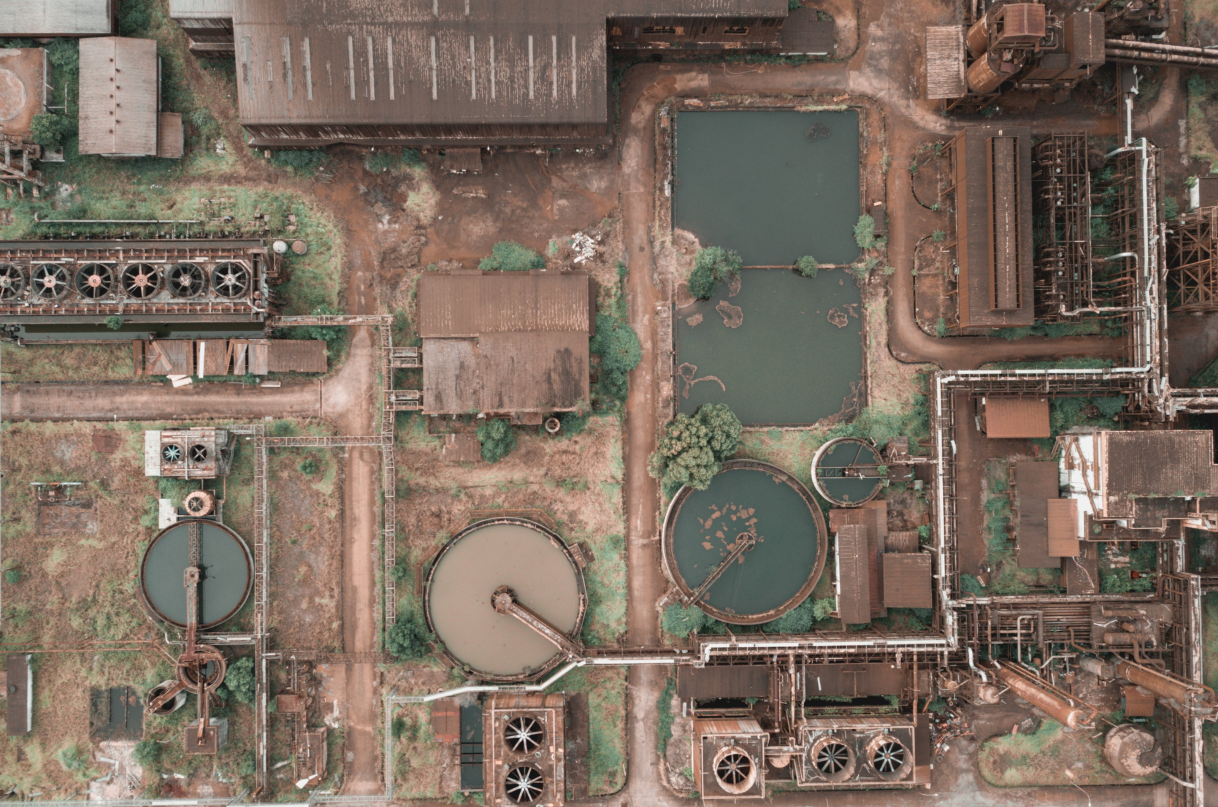February 2022

Since graduating with my bachelor's degree, I have been working fulltime at an engineering consulting firm where I work with a team to design wastewater treatment plants for municipalities. This career has opened my eyes to not only the intricacies of treating contaminated water but to how little the general population considers what happens to the water they use and waste. Therefore, I would like to discuss the general steps of wastewater treatment and how these processes are critical for releasing this water back into the environment.
Wastewater Collection
Wastewater is water that has been contaminated by domestic, industrial, or commercial processes as well as surface runoff. Typically, this water will be filled with many solids and harmful pathogens that must be removed by wastewater treatment plants before being sent back into the environment.
For collection purposes, most wastewater treatment plants are located at a lower elevation than that of the municipality they service. This allows for the flow of water to occur naturally by gravity through sewers with the minimal use of pumps. Once the wastewater reaches the plant, it is introduced into a lift station that pumps the water to a higher elevation so it can again flow by gravity throughout the plant itself.
Primary Treatment
Primary treatment involves the removal of solids from the incoming wastewater to the plant. Therefore, the first process wastewater goes through upon entering the plant is the headworks. This facility starts with screens that remove large floating objects such as rags, diapers, and sticks. The next section of the headworks focuses on grit removal, and this is where finer solids such as sand, dirt, and gravel are removed from the wastewater.
Next, the wastewater flows to primary clarifiers or sedimentation tanks where the particles that have not been removed by screening and grit removal can slowly settle to the bottom of large tanks. This allows the smaller sinking particles to be scraped off the bottom of the tanks and pumped out of the water as sludge. This sludge can either be sent to a landfill or be further treated to be used in land applications (e.g., as a fertilizer). The primary clarifiers also allow for the finer floating solids such as algae to be skimmed off the top of the water as scum.
Secondary Treatment
The wastewater at this point in the treatment process still contains bacteria and organic materials. Secondary treatment agitates and aerates the flow as to provide oxygen to these bacteria, allowing them to break down the organic materials within the wastewater. This process occurs in aeration basins and takes several hours to complete.
Next, the flow enters another set of sedimentation tanks called the secondary clarifiers. This is where the remaining sludge that is rich with bacteria is removed from the wastewater in the same way primary sludge is removed from the primary clarifiers. This collected bacteria-rich sludge is sent back to the aeration tanks to help in breaking down organic materials. Finally, the wastewater is sent to a disinfection process to kill any remaining pathogens such as E. coli and Salmonella. The current standard for disinfection is to chlorinate the water. While this process is cheap, well-defined, and extremely effective with the ability to kill 99% of pathogens, chlorine is toxic to aquatic life. This means the wastewater must also undergo a dechlorination process before it is put back into the environment. Other disinfection processes that are growing in popularity among wastewater treatment plants are UV radiation and ozone treatment.
Not many people consider how their water waste is treated nor how fortunate they are to have access to such processes that protect the environment and help clean water for future consumption, processes to which many other countries do not have access. Wastewater treatment plants require many facilities, technologies, and chemicals to operate properly, and they typically cost millions of dollars to build. They truly are processes that are so essential to our everyday lives yet so frequently taken for granted. Hopefully, one day, we can all appreciate each modern technology that makes our lives so much simpler and easier to navigate. May we continue to learn, appreciate, and count our numerous blessings.
May we all know where the poo goes.
